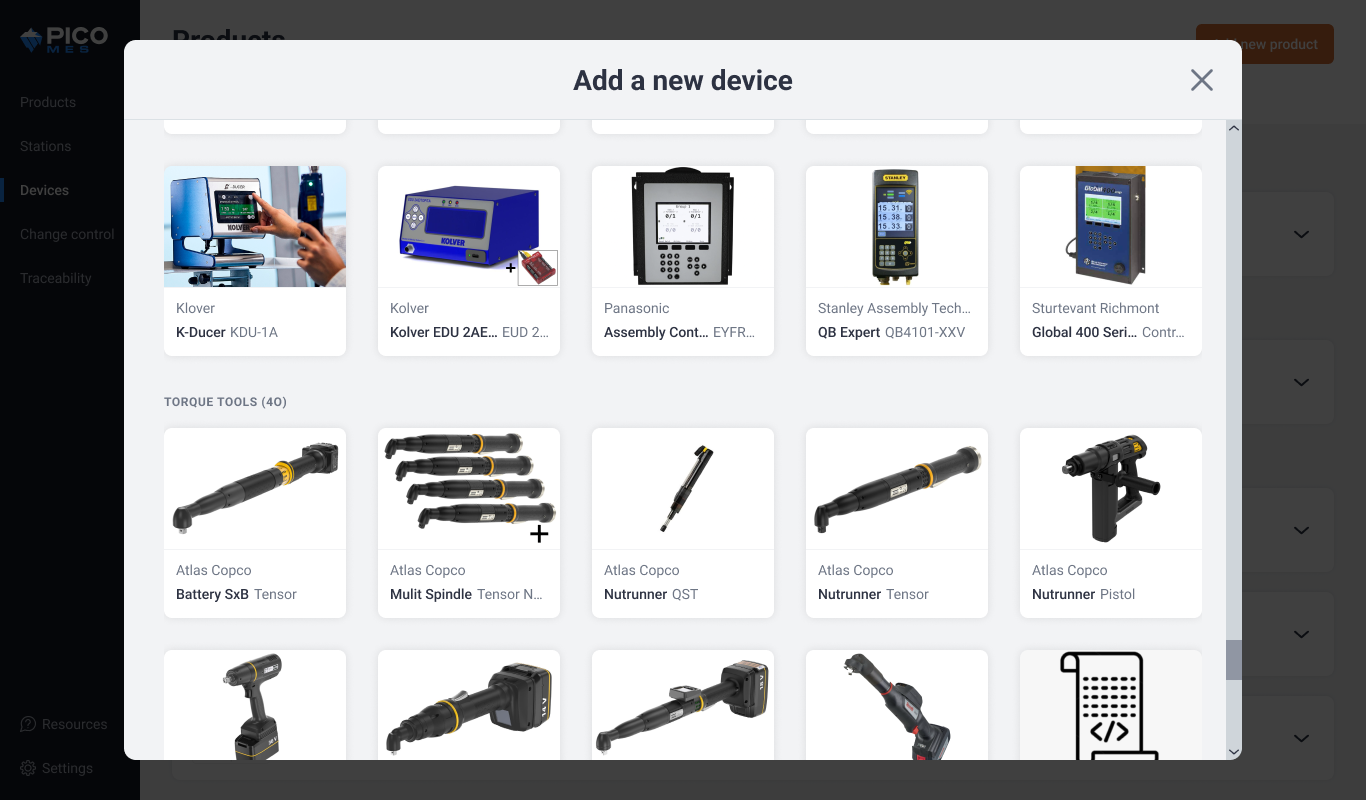#{ item.name }
#{ truncateText(item.metadescription) }
In one electronics assembly study, human error was responsible for 17.7% of product defects, a significant and costly share of quality issues on the shop floor. Whether it’s the wrong resistor placed, a skipped step, or unclear instructions, these errors ripple across the line as rework, scrap, and customer escapes.
But the root cause isn’t always operator carelessness. Often, outdated systems, unclear instructions, and a lack of real-time validation leave teams set up to fail. That’s where error-proofing strategies come in. In this post, we’ll break down how to reduce manufacturing defects in electronics assembly by building quality into every step, using strategies like digital work instructions, step validations, and full traceability.

LI-COR Environmental uses PICO to error-proof the assemblies of electrical circuits
Error-proofing, also known as mistake proofing or poka yoke, is about building smart guardrails into your process. Instead of relying on memory or manual checks, you design a system that catches and corrects mistakes before they cause real damage.
Common strategies include:
Did you know 20–50% of an operator’s build time is spent just trying to understand unclear instructions? That’s a massive gap, and a risky one at that. During a high-stakes task like placing components on a PCB, there’s little room for assumptions. Every step needs to be exactly as instructed or it’ll simply lead to defects that ripple across the line.
But, you know that already. This is why digital work instructions are better. While paper-based instructions are often dense and error-ridden, digital work instructions are clear, simple to read with visuals for every step.
With the labor shortage and experienced operators retiring, taking their decades of knowledge with them, clear and accurate digital work instructions are what will prevent your existing team from making common mistakes.
Standardized digital work instructions ensure that everyone follows the most current, accurate version. You can include images, videos, or interactive callouts that eliminate any confusion. Instead of hoping the operator just gets it right, build processes that make it nearly impossible not to.
Even with perfect instructions, mistakes can happen. Maybe a new operator grabs a 10kΩ resistor instead of a 1kΩ during a stressful shift.
Step validation addresses these types of errors. Validation prompts are integrated into your workflow, requiring confirmation before an operator moves on.
Instead of relying on someone to catch an error six steps later, real-time validation systems alert the operator immediately. Over time, this becomes a natural part of the process, just like setting reminders for tasks you can’t afford to miss.
Modern MES systems like PICO integrate directly with torque tools, barcode scanners, and camera systems to validate every critical step. If a fastener isn’t tightened to the correct specification, the system prevents the operator from proceeding until it’s corrected.
Even with validation in place, mistakes can slip through. Instead of flipping through binders of paperwork, you can pull up a digital record of every build step to see exactly what happened.
Full traceability enables you to:
McKinsey’s research on digital production leaders shows that manufacturers who add strong traceability to their production lines reduce the cost of quality by 10 to 20 percent and cut unplanned downtime by up to 50 percent.
Error-proofing shifts quality from the last checkpoint to every heartbeat of production. When guardrails are in place:
1. What are the most common causes of electronics assembly defects?
Electronics assembly defects are often caused by unclear work instructions, operator error, skipped steps, incorrect component placement, or a lack of real-time validation and traceability.
2. How can digital work instructions reduce manufacturing defects?
Digital work instructions provide visual, step-by-step guidance that’s always up to date, eliminating confusion and ensuring every operator follows the same process, reducing the chance of mistakes.
3. What is error-proofing in manufacturing?
Error-proofing (or poka-yoke) means designing processes and systems so that mistakes are either impossible or immediately detected before they impact product quality.
4. Why is traceability important in electronics assembly?
Traceability helps manufacturers quickly identify the root cause of defects, spot patterns across multiple builds, and prevent quality escapes by maintaining a digital record of every step.
5. How do real-time validations help reduce defects?
Real-time validations use barcode scanners, torque sensors, and camera systems to confirm critical steps before moving forward, reducing the chance of errors going unnoticed.
Ready to see what that looks like in real time? Book a quick demo and watch how PICO can reduce electronics assembly defects. Or learn more about what error-proofing can do for your shop floor.
#{ truncateText(item.metadescription) }
Step into the future of factory operations with Pico MES. Start your journey toward a more efficient, error-proof factory floor today.
